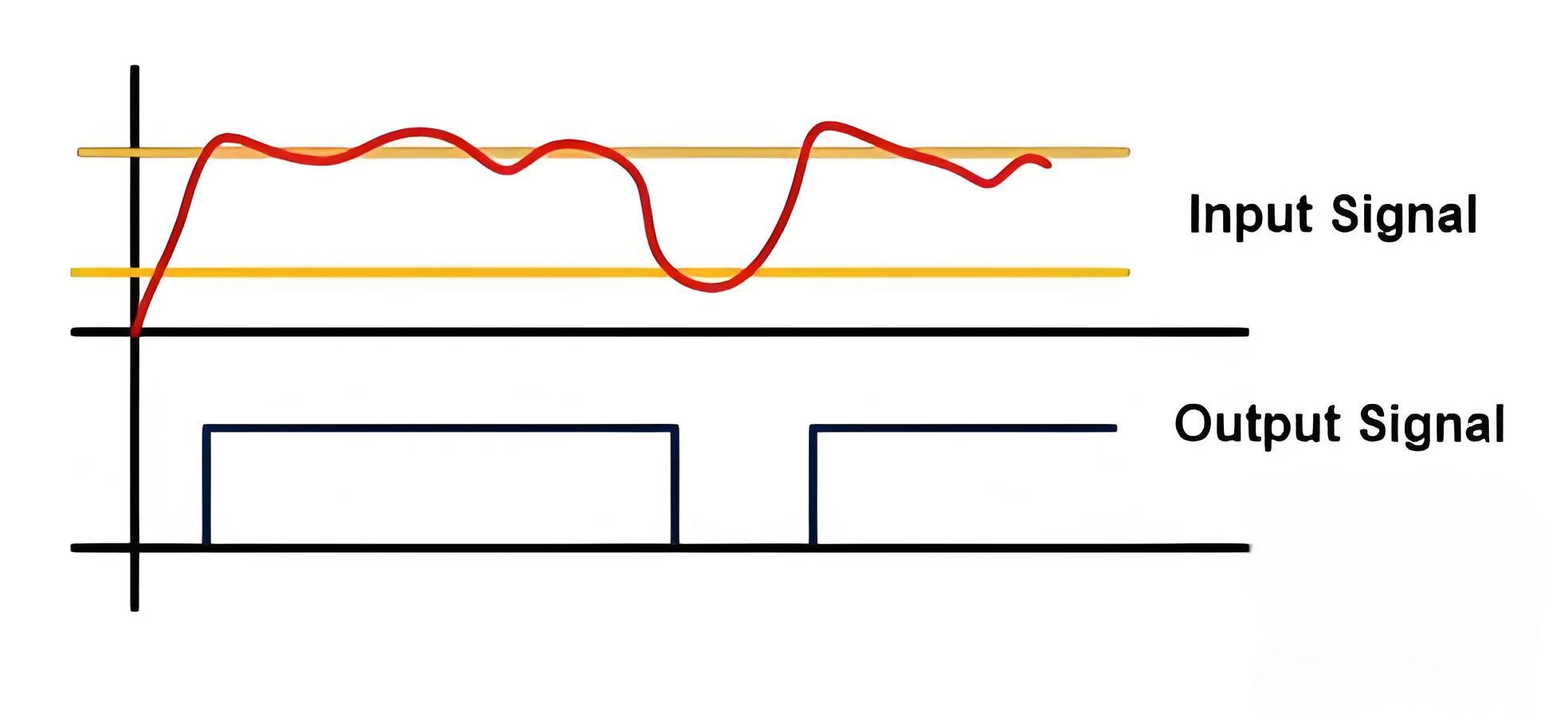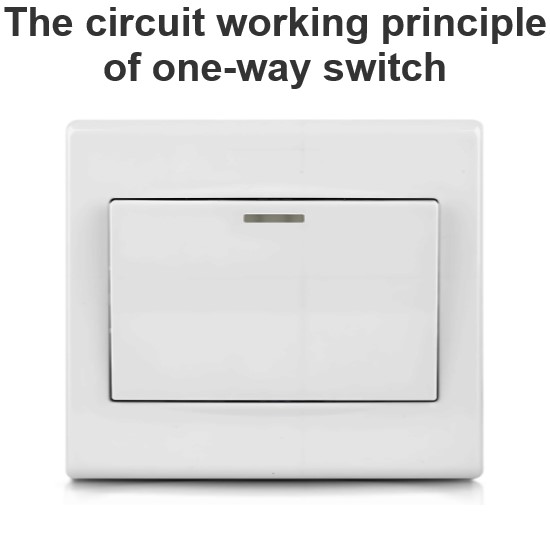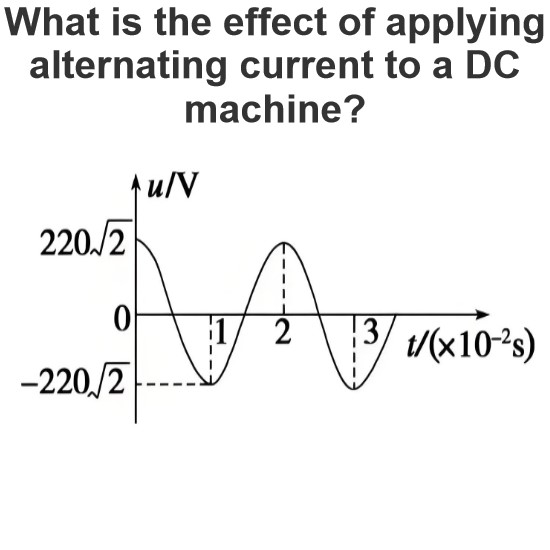What is a Schmitt Trigger?
What is a Schmitt Trigger?
Schmitt Trigger Definition
A Schmitt Trigger is a comparator circuit that uses hysteresis through two threshold voltages to stabilize signal transitions.
Circuit Design
Schmitt Triggers can be designed using operational amplifiers or transistors, and are available in inverting and non-inverting forms.
How does a Schmitt Trigger work?
The Schmitt trigger maintains a low output until the input exceeds the upper threshold (VUT). It then switches to a high output, which persists until the input drops below the lower threshold (VLT).

Schmitt Trigger classification
Op-Amp based Schmitt Trigger
Inverting Schmitt Trigger
Non-Inverting Schmitt Trigger
Transistor based Schmitt Trigger
Schmitt Trigger Oscillator
CMOS Schmitt Trigger
Schmitt Trigger Applications
Schmitt trigger is used to a sine wave and triangular wave into square waves.
The most important use of the Schmitt triggers to remove noise in the digital circuit.
It is also used as a function generator.
It is utilized to implement an oscillator.
Schmitt triggers with the RC circuit is used as switch debouncing.
The Electricity Encyclopedia is dedicated to accelerating the dissemination and application of electricity knowledge and adding impetus to the development and innovation of the electricity industry.













